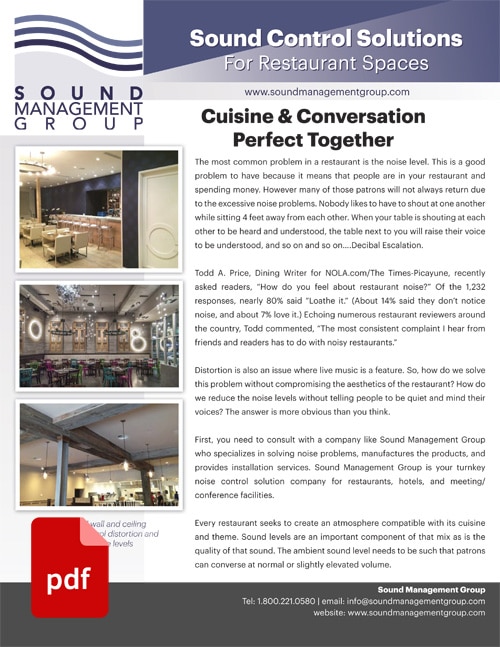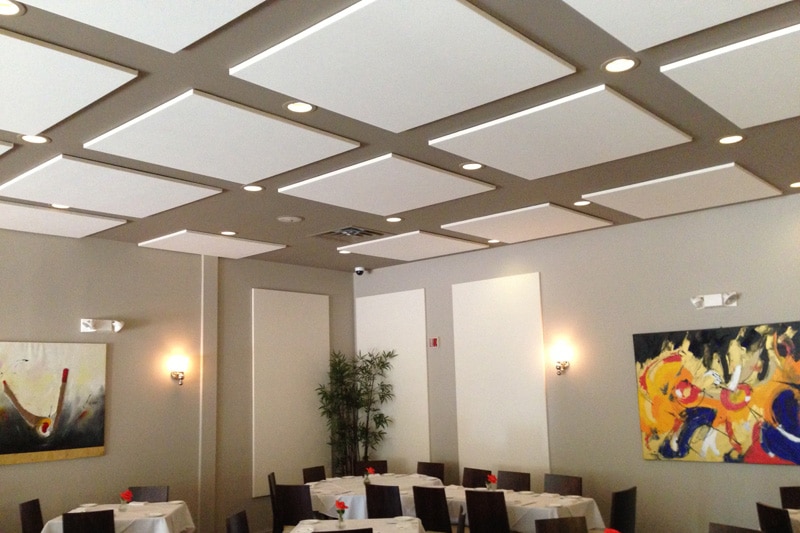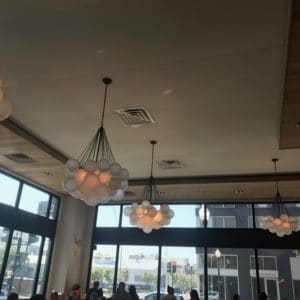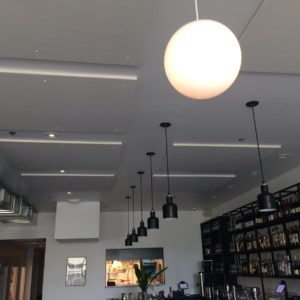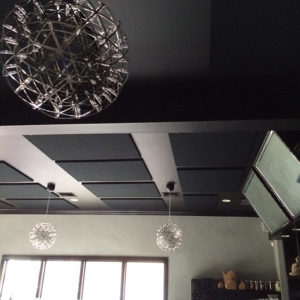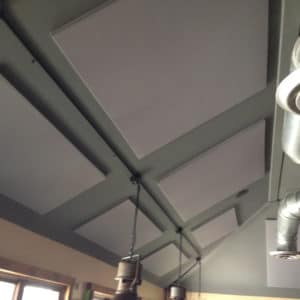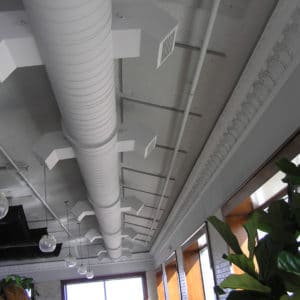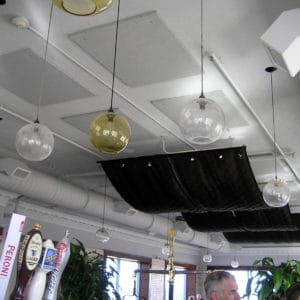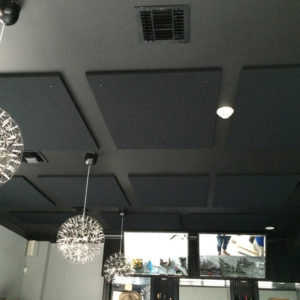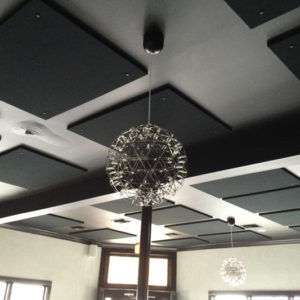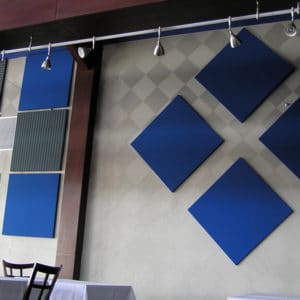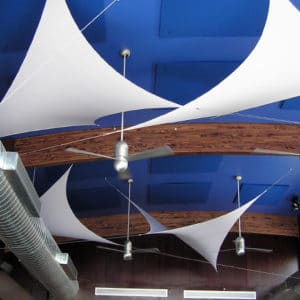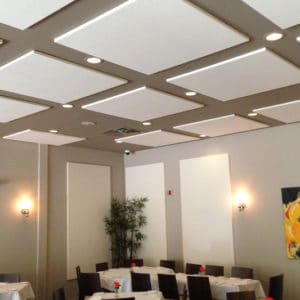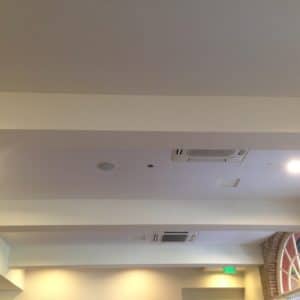Acoustical Panels
Decorative Acoustical Sound Solutions
We provide Restaurants with noise reduction products that will help you to eliminate excessive noise, improve restaurant acoustics, and create an enjoyable experience for your customers.
Of the many ingredients that go into making a successful Restaurant is the correct acoustical panel environment is often the most elusive. While a noisy atmosphere can be very detrimental, so too can one which is too quiet. Striking the correct balance for each individual restaurant or dining facility is important to its success. While the ambiance of some should be deliberately “busy and engaging,” others should be more subdued. Speech privacy is almost always an important consideration, at least for some part of the facility.
Restaurants present some of the more unique challenges relating to noise control. Often the design of the space does not lend itself to traditional approaches to controlling noise. Other limitations include the lack of barriers along with the close proximity of the diners. Background and foreground music may also present a problem. Often the bar areas, banquet areas and general dining areas are at conflict with one another. Noise from the kitchen and “make ready” (waiters’) station may also overflow into the dining area.
Sound (noise) travels between its source – people, kitchen equipment – and its receivers (people), by three paths: DIRECT, REFLECTED and DEFRACTED. We deal with sound by treating those paths so as to isolate, absorb, and neutralize sound.
Unlike other interior environments, in a restaurant there is usually no way to isolate diners from one another. Certain functions may be able to be separated. For example: the kitchen, if not a feature of the design, can be isolated by distance and barriers. Similarly the bar area can be situated so as to minimize the “overflow” of noise into the general dining area. The same holds true for banquet and meeting rooms.
If sound within a dining area is allowed to reflect from too many surfaces, the noise level can build up to a point where the patrons cannot conduct a conversation or conversation becomes stressful. Diners have to raise their voices to be heard and you will find people leaning forward and cupping their ear to listen. People with slight hearing deficiencies may be completely excluded from the conversation because others at the table are completely unaware of their problem.
Every restaurant seeks to create a sound atmosphere compatible with its cuisine and theme.
Sound levels of acoustical panels are an important component of that mix, as is the quality of that sound. The ambient sound level needs to be such that patrons can converse at normal or slightly elevated volume. The background noise level should be loud enough to obscure most of the conversations from adjacent tables. The ambient sound level should also have a quality that is non-competitive with the articulate understandable speech frequencies of conversation. Typically, this sound would be dominantly composed of low frequencies – “hums” not “hisses.”
While the addition of acoustical panels and designs that provide barriers help to create the correct environment (or, at least, improve upon a bad one), there is a co-lateral effect, which serves to improve the noise levels. If the noise level is lower, people speak at a lower volume thus further improving the sound level. Without these treatments the reverse is true. The occupants speak louder causing the other occupants to speak louder and so on. This is frequently referred to as: “The cocktail party effect.”
“THE BUBBLE”
There exists around every source of sound (or noise) a real but unseen “bubble” referred to as the reverberation field. This is the spherical area around a source of sound within which that source is the dominant sound; outside of which the other source(s) dominate. If this “bubble” is big enough, everyone at the table can communicate with the others without significantly raising their voice; and, everyone at the table can hear everyone else without leaning forward (to get inside the “bubble”) or cupping their hand behind their ear to hear. When the conversation pauses, the ambient conversation and other sound fills the void to create a lively yet less than overwhelming background noise level. If people wanted to dine in silence, they would stay home.
You can check these Services Too: Open Plan Acoustics, Call Centers
Get a Quote
Reach a Sales Representative

